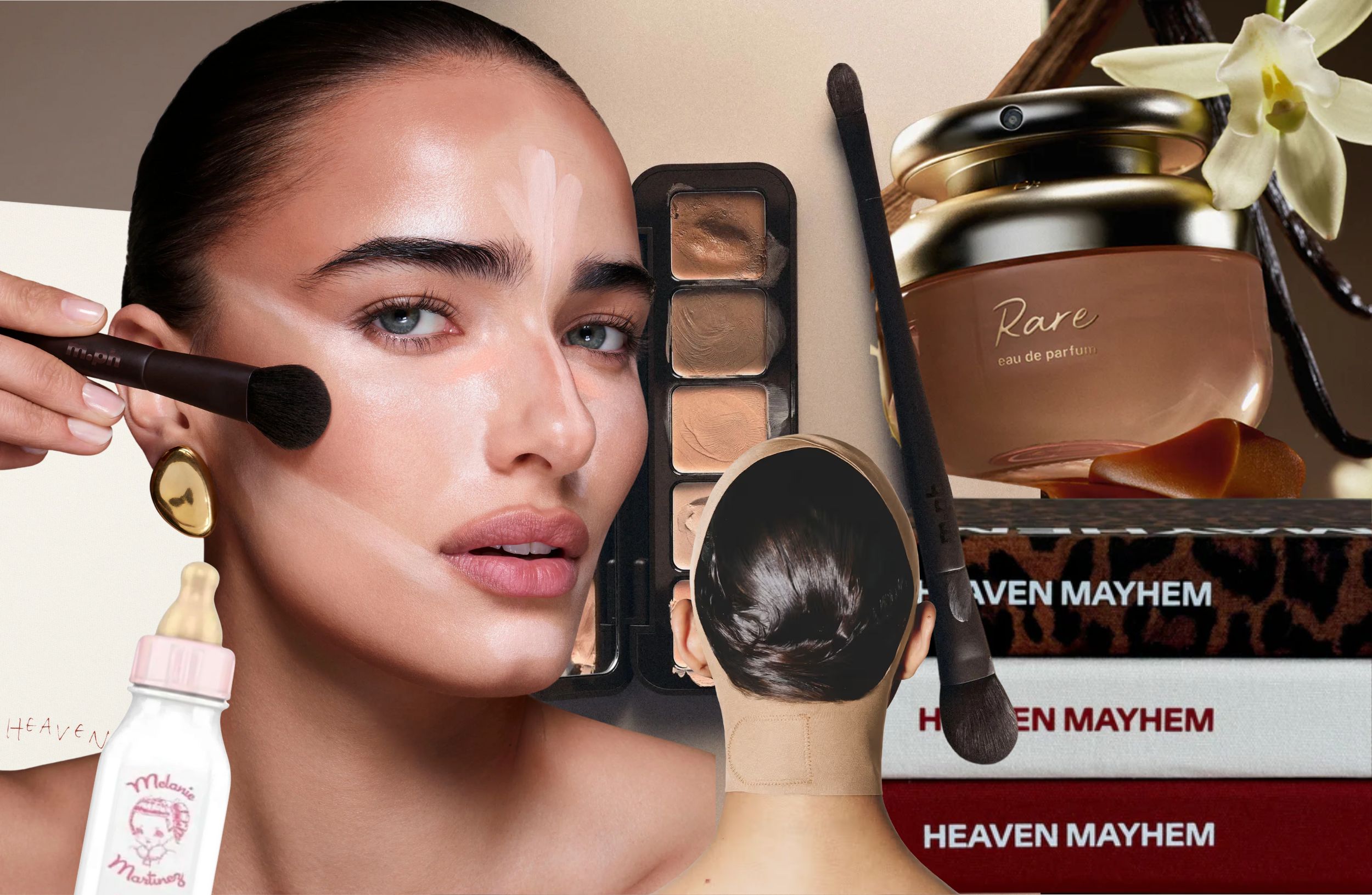Over the past decade or so, two prominent strategies have emerged: performance marketing and brand marketing. Each approach offers distinct advantages and targets different aspects of consumer behaviour. Within the luxury sector, where aspiration and exclusivity are key, brand marketing (captivating visuals, prestigious partnerships, and carefully crafted narratives) has gained significant traction. One need only witness the fervour of young girls tearing out Cartier and Prada ads and adorning their walls to understand the power of aspirational brand marketing. However, traditionally, performance marketing (click-to-buy tactics, compelling offers, and affiliate marketing) often takes centre stage, prompting the question of which strategy is more effective.
Performance vs brand marketing
Performance marketing is characterised by its direct-response nature, emphasising measurable actions and immediate results. It revolves around click-to-buy tactics, compelling offers, and clickbait ads designed to drive conversions and generate sales. This approach relies heavily on data, utilising analytics and key performance indicators (KPIs) to optimise campaigns, track return on investment (ROI), and allocate advertising budgets effectively. Performance marketing leverages platforms such as Google Ads, Facebook Ads, and affiliate marketing networks to target specific audiences and encourage instant action.

In contrast, brand marketing adopts a more long-term and comprehensive approach. It seeks to establish an emotional connection with consumers, shaping their perceptions and fostering brand loyalty over time. Brand marketing focuses on storytelling, creating a unique identity, and evoking emotions that resonate with the target audience. Luxury brands excel in brand marketing, tapping into consumers' aspirations, desires, and the allure of exclusivity. Through captivating visuals, prestigious partnerships, and carefully crafted narratives, luxury brands create a world of aspiration and desirability that consumers yearn to be a part of.
A prime example that showcases the power of brand marketing in the luxury sector is the recent Cartier ad featuring Emma Chamberlain and Jackson Wang. This ad transcends conventional advertising by encapsulating the spirit of aspiration and the luxury lifestyle. It tells a story of self-expression, portraying Emma as an icon of individuality and confidence. By associating the carrier brand with these qualities, the ad appeals to the aspirations of young viewers, inspiring them to yearn for a similar sense of freedom and style. The focus is not solely on driving immediate sales, given the high price tag of Cartier products. Instead, the main goal is to create a strong bond with consumers, fostering aspirational tendencies and a FOMO effect.
While both performance marketing and brand marketing possess their own merits, striking the right balance is crucial for luxury brands. Performance marketing can deliver immediate results and provide quantifiable metrics, enabling brands to reach new customers and drive sales efficiently. However, relying solely on performance marketing risks commoditizing the brand, reducing it to a transactional relationship with consumers. In the luxury sector, where exclusivity and prestige are paramount, brand marketing plays a pivotal role in crafting narratives that deeply resonate and foster enduring emotional connections.
Brands can leverage the strengths of both strategies to achieve a harmonious balance. By combining the immediacy and measurability of performance marketing with the aspirational storytelling and emotional appeal of brand marketing, brands can create a comprehensive marketing approach. This entails crafting compelling narratives that engage consumers, establishing a strong brand identity, and strategically integrating performance-driven campaigns to drive conversions and track ROI.






.svg)


.svg)
.svg)






